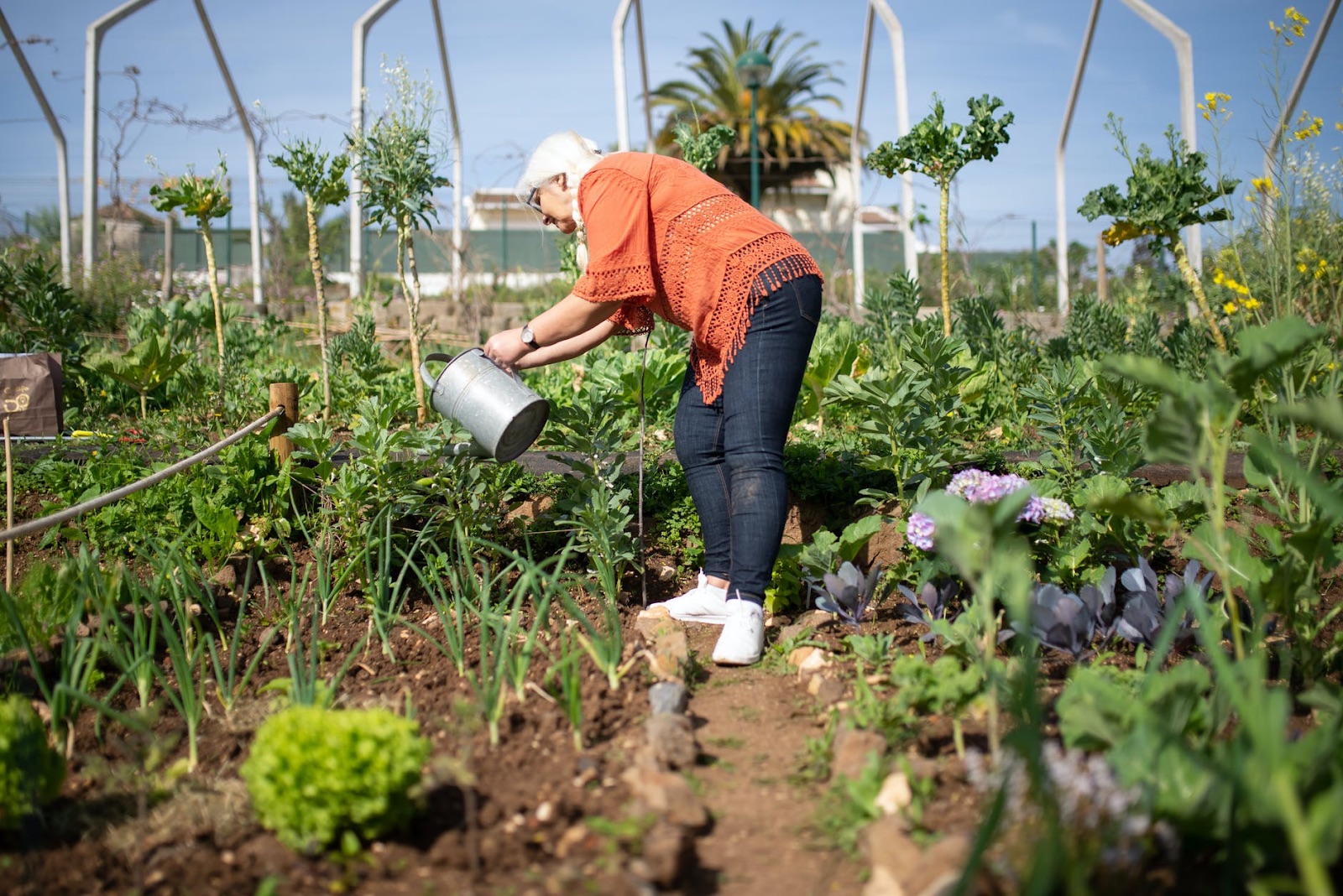

Articles
How Big Of A Garden Do I Need
Modified: January 20, 2024
Discover the perfect garden size for your needs with our gardening guide. Learn how to determine the right amount of space to create your dream garden.
(Many of the links in this article redirect to a specific reviewed product. Your purchase of these products through affiliate links helps to generate commission for Storables.com, at no extra cost. Learn more)
Introduction
Gardening is a rewarding and fulfilling hobby that allows us to connect with nature and create beautiful outdoor spaces. Whether you have a green thumb or are just starting out, one common question that often comes up is: “How big of a garden do I need?” Determining the ideal size for your garden is crucial for successful plant growth and maintenance. In this article, we will explore the factors to consider when deciding on the size of your garden.
Before delving into the specifics, it’s important to understand that the size of your garden will depend on various factors, including available space, the purpose of the garden, types of plants you wish to cultivate, required maintenance, and your budget. Considering these factors will help you determine the optimal size for your garden.
So, let’s dive into each of these factors and explore their significance in determining the size of your garden.
Key Takeaways:
- Size your garden based on available space, purpose, plant types, maintenance, and budget. Start small, get creative, and expand gradually as your skills and resources grow.
- Whether you have a large backyard or a small balcony, there are endless possibilities for creating a beautiful and productive garden. Embrace the journey of gardening and let your garden evolve alongside you.
Read more: How Big Of A Dehumidifier Do I Need
Factors to Consider
When deciding on the size of your garden, there are several important factors that you should take into consideration. Let’s take a closer look at each of these factors:
- Available Space: The amount of available space is the most obvious consideration when determining the size of your garden. Assess your outdoor area and determine how much space you are willing to allocate for gardening. Consider factors such as sunlight exposure, soil quality, and access to water sources. If you have a large backyard, you might have the flexibility to create an expansive garden. However, even if you have limited space, you can still create a thriving garden by utilizing containers, vertical gardening techniques, or even participating in community gardens.
- Purpose of the Garden: Another important factor to consider is the purpose of your garden. Are you looking to grow your own vegetables and herbs? Do you want to create a beautiful flower garden? Determining the purpose will help you determine the size and layout of your garden. For example, a vegetable garden may require more space compared to a flower garden, as vegetables often need room to spread and grow.
- Types of Plants: Consider the types of plants you wish to cultivate. Some plants, such as fruit trees or large shrubs, naturally require more space to grow. On the other hand, if you prefer to grow smaller plants like herbs or flowers, you can maximize your space by using raised beds or vertical gardening techniques. Research the specific spacing requirements for each plant and allocate the appropriate space accordingly.
- Required Maintenance: It’s essential to consider the amount of time and effort you are willing to invest in maintaining your garden. Larger gardens generally require more time and labor, as there will be more plants to tend to and more space to maintain. If you have limited time or are a beginner gardener, it may be wise to start with a smaller garden that is more manageable. You can always expand your garden as you gain experience and confidence.
- Budget: Lastly, your budget will also play a role in determining the size of your garden. Larger gardens may require more resources such as soil amendments, fertilizers, tools, and irrigation systems. Consider your budget and allocate funds accordingly. Remember, you can always start small and gradually expand your garden as your budget allows.
By considering these factors, you can make an informed decision on the size of your garden that aligns with your available resources, preferences, and goals.
Available Space
One of the primary factors to consider when determining the size of your garden is the amount of available space you have. Whether you have a spacious backyard or a small balcony, it’s important to make the most of the space you have for gardening.
If you have a large yard, you have the advantage of being able to create a more expansive garden. You can allocate separate areas for different types of plants, such as a vegetable garden, a flower garden, or even a small orchard. This allows you to have a diverse range of plants and create a visually appealing landscape.
However, having limited space doesn’t mean you have to forgo your gardening dreams. Even with a small balcony or patio, you can still enjoy the pleasures of gardening. Container gardening is a fantastic option for small spaces. You can use pots, hanging baskets, or vertical planters to grow a variety of plants, including herbs, flowers, and even some vegetables. Vertical gardening techniques, such as trellises or wall-mounted planters, can maximize your space by utilizing vertical surfaces.
Consider the positioning of your available space as well. Assess the sunlight exposure in different areas as it can greatly influence the types of plants that will thrive. Certain plants require full sun, while others prefer partial shade. Take note of any areas that receive ample sunlight and plan your garden accordingly.
Moreover, it’s important to evaluate the soil quality in your space. Conduct a soil test to determine its pH level and nutrient content. This will help you understand if any amendments are needed to improve the soil’s fertility. If you have poor soil quality, you can create raised beds or use containers with high-quality soil to provide an ideal growing environment for your plants.
In addition to available space, take into account other factors such as access to water sources. Ensure that you have convenient access to water for irrigation purposes. If you don’t have a hose or a nearby water source, consider installing a rainwater harvesting system or setting up a drip irrigation system.
Ultimately, whether you have a large backyard or a tiny balcony, there are endless possibilities for gardening. With some creativity and planning, you can transform any space into a beautiful and productive garden.
Purpose of the Garden
When determining the size of your garden, it’s important to consider the purpose of your garden. Understanding why you want to garden will help guide you in making decisions about the size and layout.
There are various purposes for creating a garden, and each purpose may require a different amount of space. Here are a few common purposes for gardening:
- Vegetable and Herb Garden: If your primary goal is to grow your own fresh vegetables and herbs, you may need a larger garden space. Vegetables require ample room to grow, and different varieties have specific spacing requirements. Consider the types of vegetables and herbs you want to grow and research their recommended space allocations. This will allow your plants to thrive and produce a bountiful harvest.
- Flower Garden: If your focus is on creating a beautiful and vibrant flower garden, the size of your garden will depend on the types of flowers you wish to cultivate. Some flowering plants require more space for spreading, while others can be planted in closer proximity. Additionally, consider the desired design and layout of your flower garden. Do you want a large bed of mixed flowers or individual flower beds? Planning your garden layout will help you determine the ideal size for achieving your desired aesthetic.
- Fruit Trees and Shrubs: Growing fruit trees and shrubs requires more space compared to growing vegetables or flowers. These plants can grow quite large and need space to spread their branches and roots. Consider the mature size of the fruit trees or shrubs you want to cultivate and allocate enough space to accommodate their growth. This will ensure that your plants have room to flourish and produce a plentiful yield.
- Urban and Small-Scale Gardening: If you have limited space in an urban setting or a small yard, you can still enjoy gardening by focusing on compact plants and utilizing vertical space. Choose plants and gardening techniques that are suitable for small-scale gardening. Container gardening, window boxes, and vertical planters are excellent options for maximizing space while still enjoying the benefits of a garden.
- Therapeutic and Relaxation Garden: Gardens are not just about food and aesthetics; they can also provide a space for relaxation and therapeutic activities. If your garden’s purpose is to create a tranquil and soothing ambiance, you can design a smaller, intimate garden space that incorporates elements like seating areas, water features, and fragrant plants. This type of garden can be a retreat where you can unwind, meditate, or practice mindfulness.
Determining the purpose of your garden will help you define its size and layout. It’s important to align the size of your garden with your goals, so you can fully enjoy the benefits and rewards of your gardening efforts.
Consider the number of people you are feeding, the types of vegetables you want to grow, and how much space each plant needs. A general rule of thumb is to allocate 100 square feet per person for a vegetable garden.
Types of Plants
When deciding on the size of your garden, it’s crucial to consider the types of plants you wish to cultivate. Different plants have varying space requirements, and understanding these requirements will help you determine the appropriate size for your garden.
Here are a few factors to consider when it comes to the types of plants:
- Spacing Requirements: Each plant has specific spacing requirements to ensure proper growth and development. Some plants, such as tomatoes or squash, require more space as they spread out and vine. On the other hand, smaller plants like herbs or lettuce can be grown closer together. Research the spacing recommendations for each plant you plan to grow and allocate the necessary space accordingly. Keep in mind that overcrowding your plants can lead to poor air circulation and increased risk of disease.
- Growth Habit: Understanding the growth habit of the plants you want to cultivate is essential in determining the size of your garden. Certain plants, such as corn or sunflowers, grow tall and require ample space both horizontally and vertically. These plants may dominate a portion of your garden and limit the available space for other plants. Consider the mature size of each plant and plan your garden layout accordingly, allowing enough room for proper growth and adequate sunlight exposure for each plant.
- Companion Planting: Companion planting is the practice of growing certain plants together to maximize garden space and enhance plant health. Some plants have mutually beneficial relationships when grown in close proximity. For example, planting marigolds alongside tomatoes can deter pests and promote healthier tomato plants. Research companion planting techniques and consider incorporating them into your garden design. This will allow you to utilize space more effectively and potentially increase your overall plant yield.
- Planting in Containers: If you are planning to grow plants in containers, such as pots or raised beds, you can optimize your space by selecting compact or dwarf varieties of plants. Many vegetable and fruit plants have cultivars specifically bred for container gardening. These plants have smaller growth habits and can be grown in tighter spaces. Additionally, herbs, flowers, and even some vegetables can be successfully grown in hanging baskets or vertical planters, taking advantage of unused vertical space.
- Succession Planting: Consider implementing succession planting techniques to maximize the use of your garden space. Succession planting involves planting new crops as soon as previous ones finish producing. This method allows you to have a continuous harvest throughout the growing season and maximizes your garden’s productivity. For example, when one row of lettuce is harvested, you can immediately plant new lettuce seedlings in the same space.
By carefully considering the types of plants you wish to grow and their specific requirements, you can effectively plan the size and layout of your garden. This will ensure that your plants have sufficient space to thrive, resulting in a vibrant and thriving garden.
Read more: How Big Of A Shed Do I Need
Required Maintenance
When determining the size of your garden, it’s important to consider the amount of time and effort you are willing to invest in maintaining it. The larger the garden, the more time and labor it will require to ensure its proper upkeep.
Here are some factors to consider when it comes to the required maintenance of your garden:
- Weeding and Cultivation: Larger gardens tend to have more weeds, which can compete with your plants for resources. If you have limited time available for maintenance, a smaller garden may be more manageable as it will require less weeding and cultivation. However, you can minimize weed growth by using mulch or by practicing companion planting, which helps suppress weeds naturally.
- Watering and Irrigation: The size of your garden can influence the amount of time required for watering and irrigation. Larger gardens may require more time to water manually if you don’t have an automated irrigation system in place. Additionally, consider the accessibility of water sources. If you have a larger garden, it may be necessary to install drip irrigation or soaker hoses to ensure efficient watering. Proper watering is crucial for plant health and success, so it’s essential to factor in the time and effort needed for this task.
- Pruning and Trimming: Certain plants, such as fruit trees or shrubs, require regular pruning and trimming to maintain their shape, promote healthy growth, and encourage better fruit production. Larger gardens with numerous fruit trees or shrubs will require more time and effort for this maintenance task. If you have limited time, consider planting fewer or smaller-sized fruit trees or utilizing dwarf varieties that require less pruning.
- Pest and Disease Management: Larger gardens can attract a wider variety of pests and diseases, which may require more time and attention for monitoring and management. Regular inspection and early detection of pests and diseases are crucial for effective control. A smaller garden may be more manageable for pest management, especially if you prefer minimal pesticide or herbicide use.
- Harvesting and Storage: The size of your garden will determine the amount of produce you will need to harvest and manage. If you have a large garden with an abundant harvest, it may require more time for harvesting, processing, and storing fruits, vegetables, and herbs. Consider your capacity to handle and use the harvest efficiently, especially if you have limited storage space or plan to preserve the excess produce.
By honestly assessing the time and effort you can commit to garden maintenance, you can choose a manageable garden size that won’t overwhelm you. Remember, it’s better to start small and gradually expand your garden as your time and skills permit. This way, you can enjoy the pleasures of gardening without feeling overwhelmed or stressed about maintenance tasks.
Budget
When planning the size of your garden, it’s important to consider your budget. The size of your garden can have an impact on the expenses associated with its setup and maintenance. Assessing your budget will help you make informed decisions and ensure that your gardening endeavors are financially sustainable.
Here are some factors to consider regarding budget:
- Initial Setup Costs: The size of your garden can affect the initial setup costs. A larger garden might require more supplies and materials such as fences, raised beds, garden tools, soil amendments, and irrigation systems. These costs can add up quickly, so evaluate your budget and allocate funds accordingly. If you have a limited budget, starting with a smaller garden can help you manage the initial expenses more effectively.
- Plant and Seed Expenses: The size of your garden will also influence the amount of money you need to spend on plants and seeds. Larger gardens generally require a greater quantity of plants or seeds, which can increase your expenses. However, keep in mind that you can save money by opting for heirloom seeds, starting plants from seeds indoors, or exchanging plants with fellow gardeners. Additionally, consider focusing on perennial plants, which come back year after year, reducing the need for annual plant purchases.
- Maintenance Costs: The size of your garden can impact the ongoing maintenance costs. Larger gardens may require more water, fertilizers, and pest control products. If you have a limited budget, managing a smaller garden with fewer plants can help reduce these ongoing expenses. Additionally, you can explore organic gardening techniques, companion planting, and homemade remedies for pest control, which can be more budget-friendly and environmentally friendly alternatives.
- Time Investment: While not directly related to budget, it’s worth considering the time investment. The larger the garden, the more time and effort it will require to maintain it. If you have a busy schedule or limited time available, starting with a smaller garden might be more manageable and allow you to provide better care for your plants. Time is valuable, so make sure the size of your garden aligns with the time commitment you can afford.
- Expansion Possibilities: If your budget is currently limited, starting with a smaller garden allows you the flexibility to expand gradually over time as your budget allows. You can focus on investing in essential gardening tools and supplies initially, and as your garden grows, you can allocate more funds to its expansion. This incremental approach allows you to spread out the costs over a longer period and make adjustments based on your financial situation.
By carefully considering your budget and making thoughtful choices, you can create a garden size that aligns with your financial resources. Remember, gardening can be a flexible and adaptable hobby, and starting small doesn’t mean you won’t achieve beautiful and productive results. In fact, a well-planned and cared-for small garden can be just as rewarding and fulfilling as a larger one.
Final Thoughts
Determining the size of your garden is an important decision that should consider various factors. By evaluating available space, understanding the purpose of your garden, considering the types of plants, assessing required maintenance, and aligning your budget, you can create a garden size that suits your needs and preferences.
Remember, there is no one-size-fits-all answer to the question of how big of a garden you need. It ultimately depends on your personal preferences, available resources, and the time and effort you are willing to invest. Starting with a smaller garden can be a wise choice, allowing you to gain experience and confidence in gardening while keeping maintenance manageable.
Whether you have a large backyard, a small balcony, or a tiny patio, there are endless possibilities for creating a beautiful and productive garden. Make use of vertical gardening techniques, container gardening, and companion planting to maximize your space and grow a variety of plants.
Additionally, don’t be afraid to get creative and adapt your garden size over time. As your skills and resources grow, you can expand your garden gradually, adding new features and experimenting with different plant varieties. Gardening is a journey, and your garden can evolve alongside you.
Lastly, remember to enjoy the process. Gardening is not only about the end result, but also about the joy and satisfaction that comes from nurturing plants, connecting with nature, and creating a space that brings you happiness. Embrace the challenges and rewards that gardening brings, and let your garden be a reflection of your passion and creativity.
So, go ahead and start planning your garden size based on the factors discussed in this article. With careful consideration and a bit of imagination, you can create a garden that suits your needs, fits your space, and brings you endless joy and fulfillment.
Frequently Asked Questions about How Big Of A Garden Do I Need
Was this page helpful?
At Storables.com, we guarantee accurate and reliable information. Our content, validated by Expert Board Contributors, is crafted following stringent Editorial Policies. We're committed to providing you with well-researched, expert-backed insights for all your informational needs.
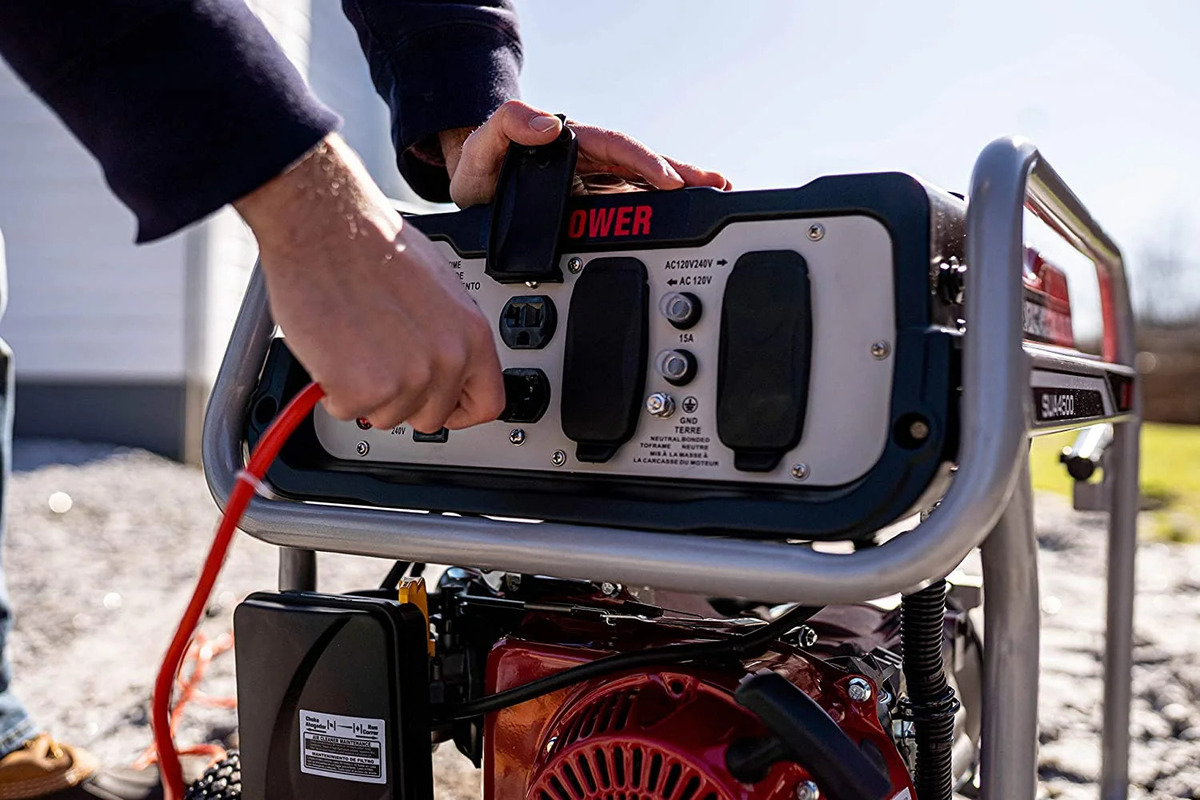
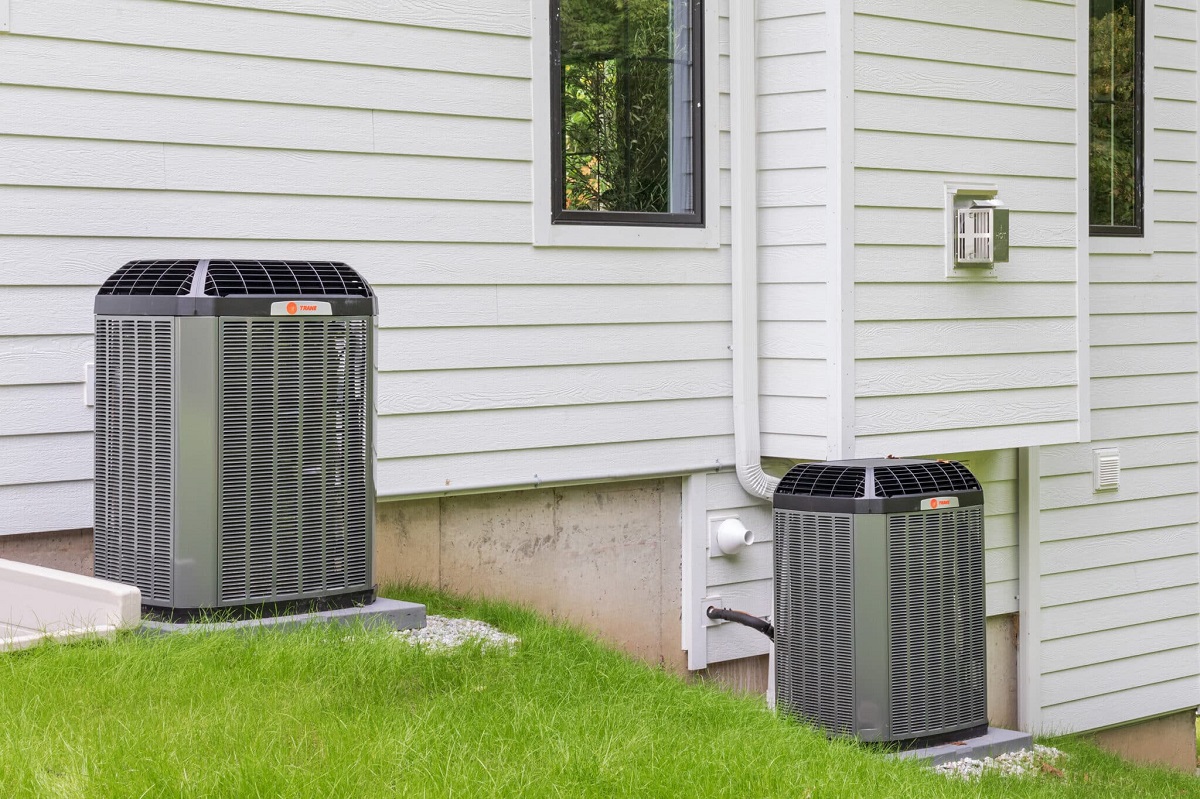
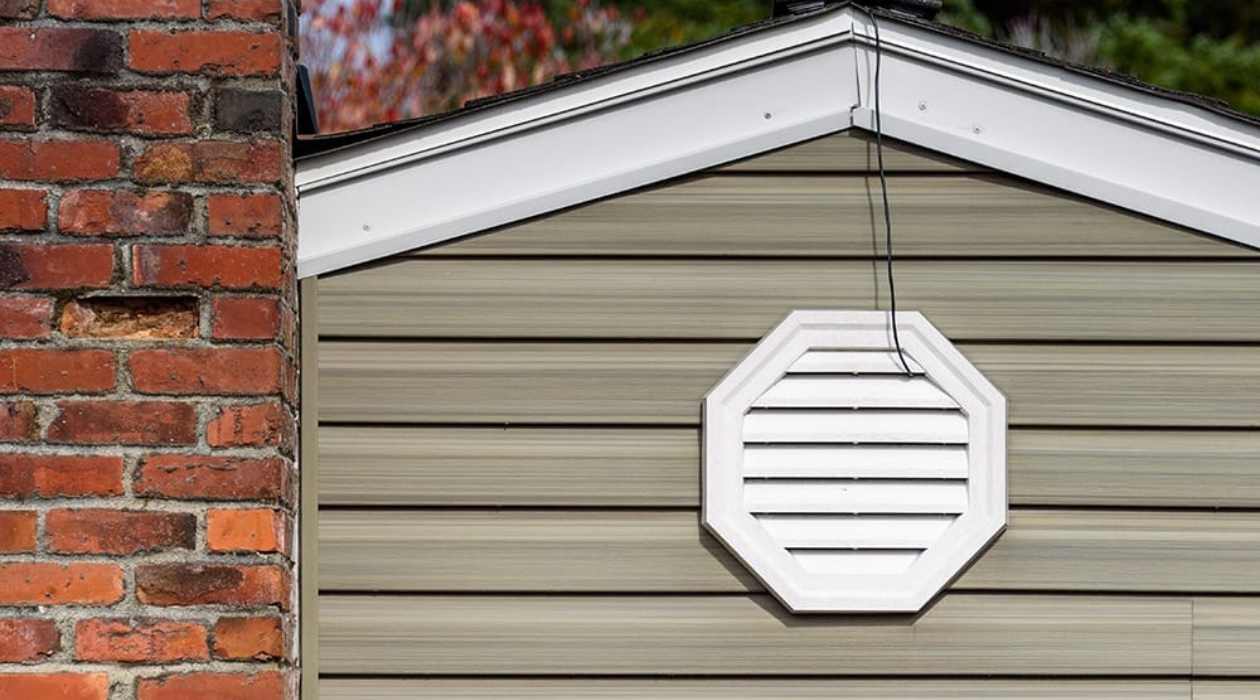
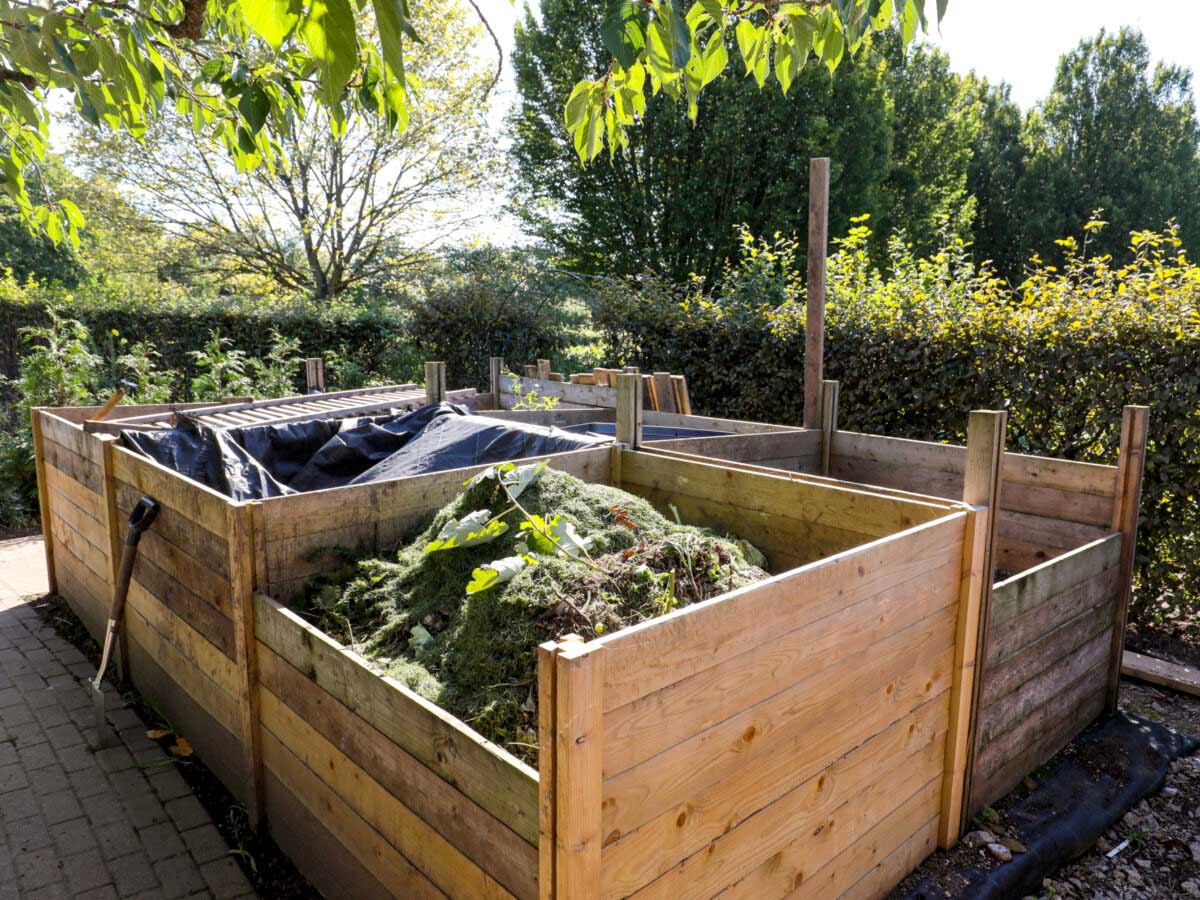
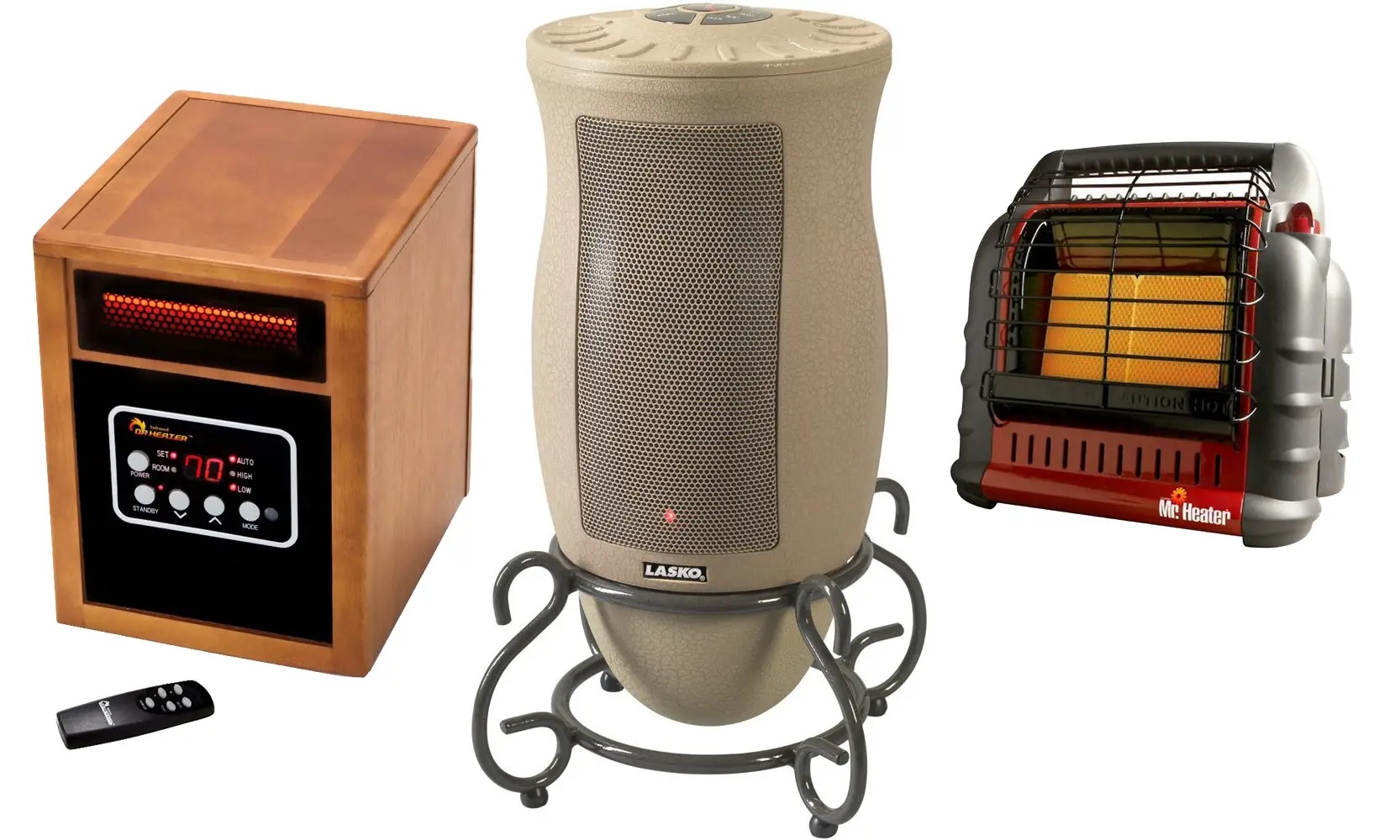
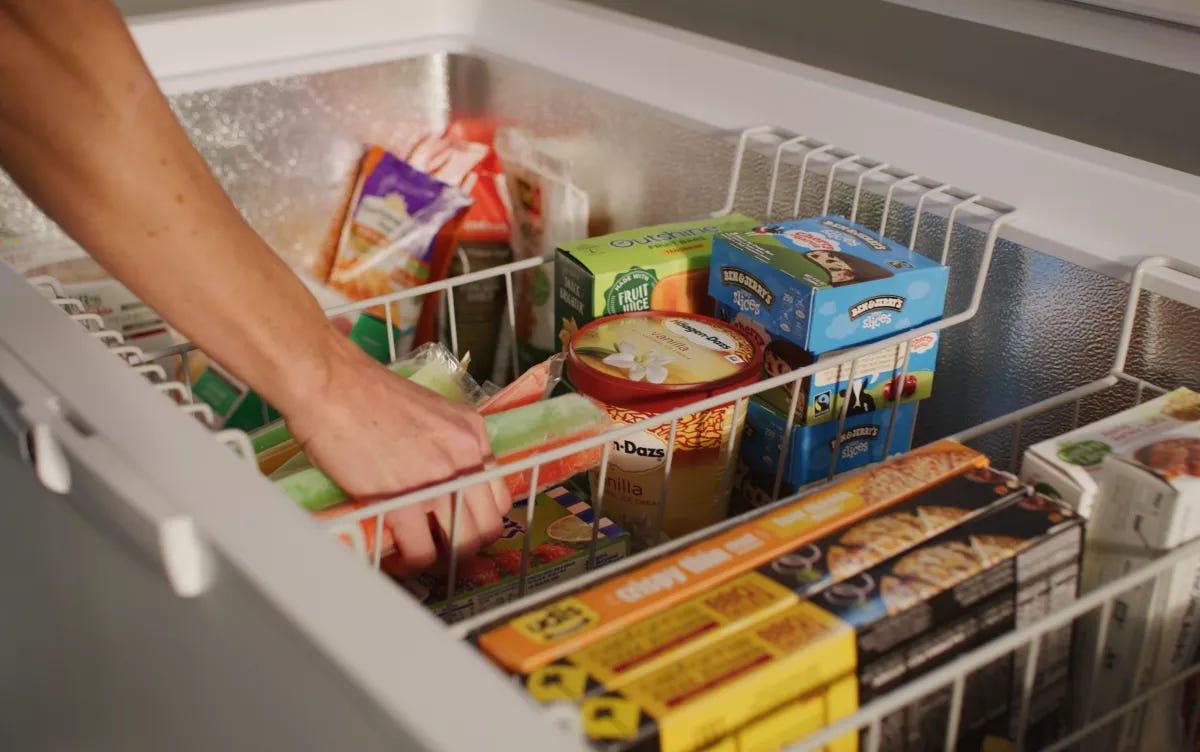
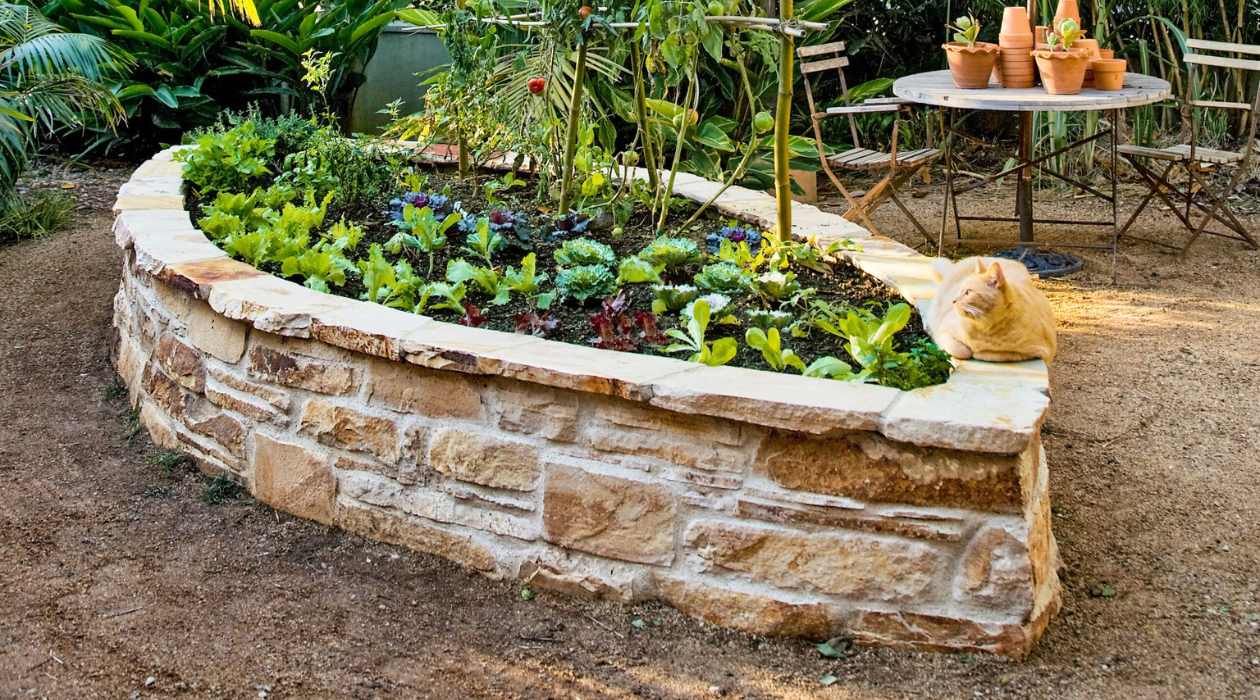
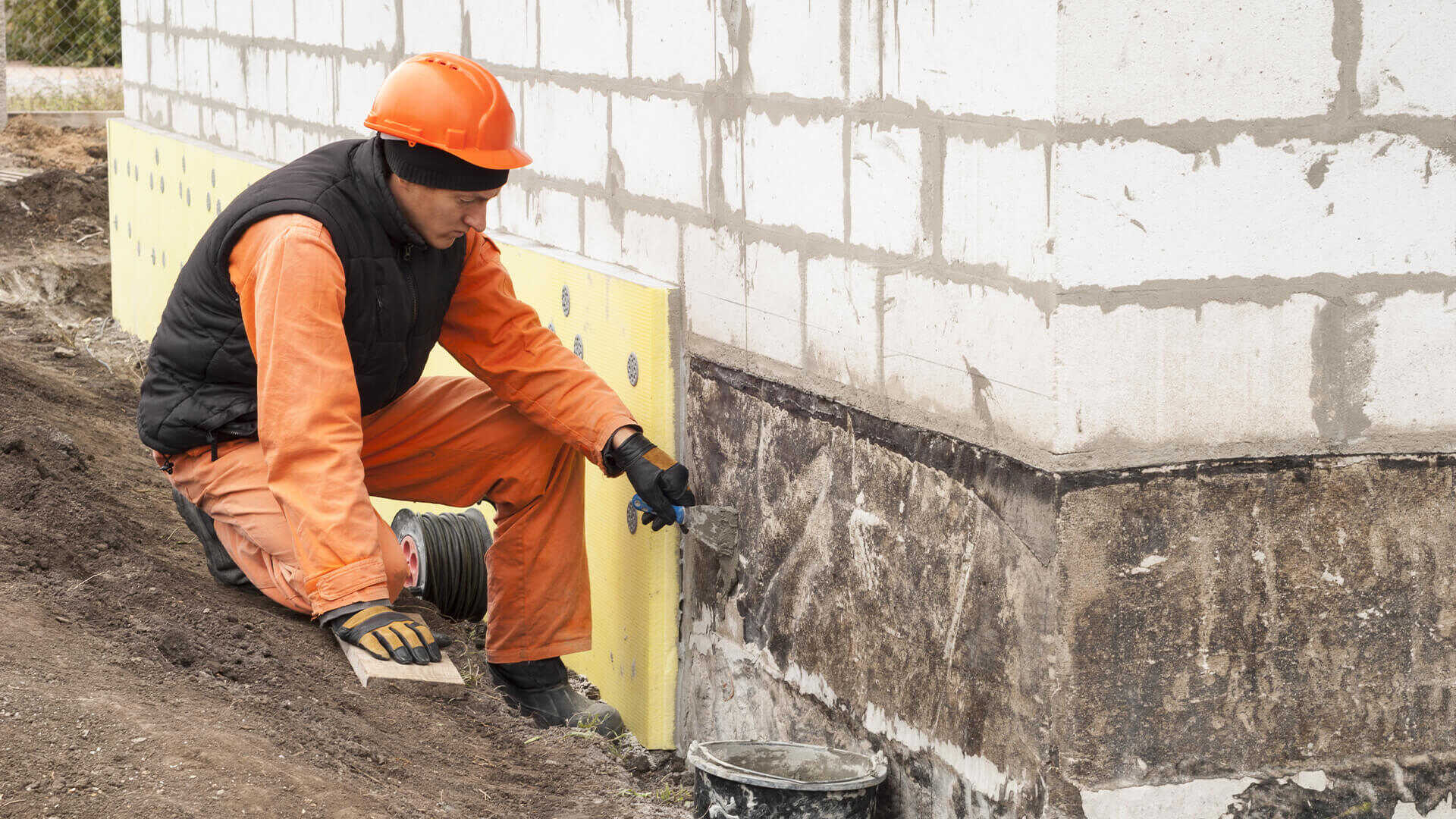
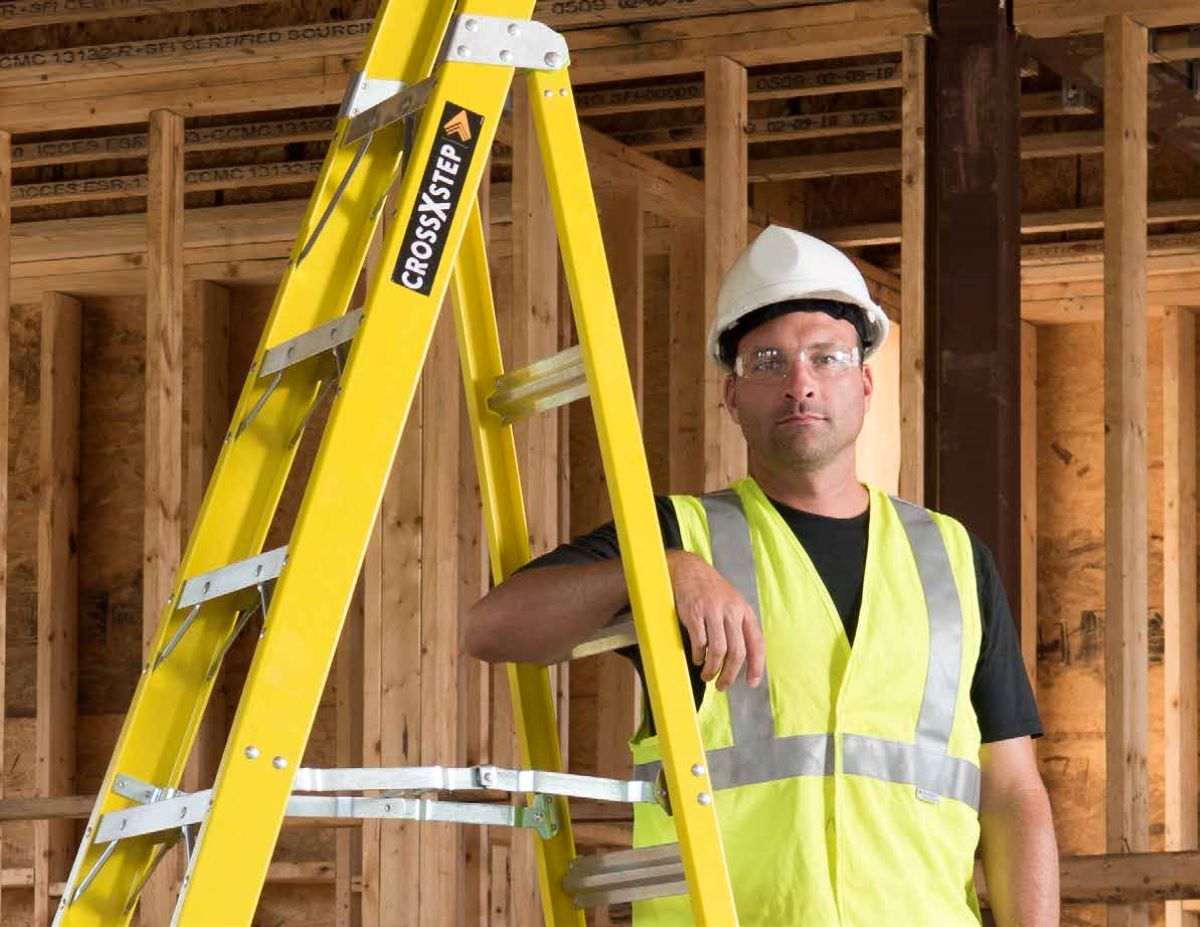

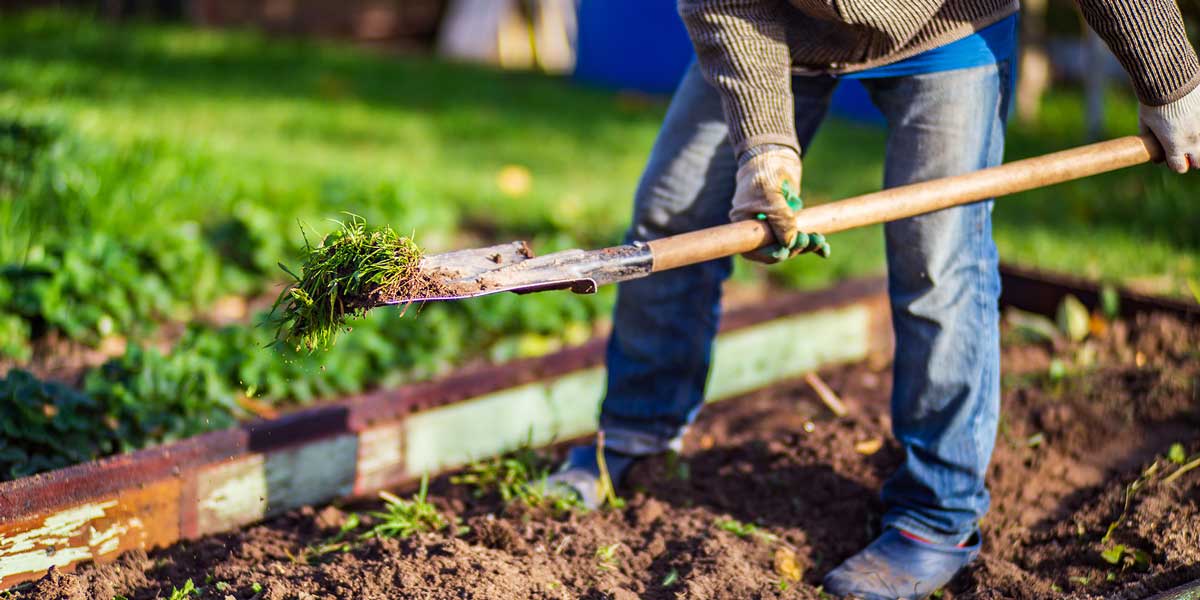

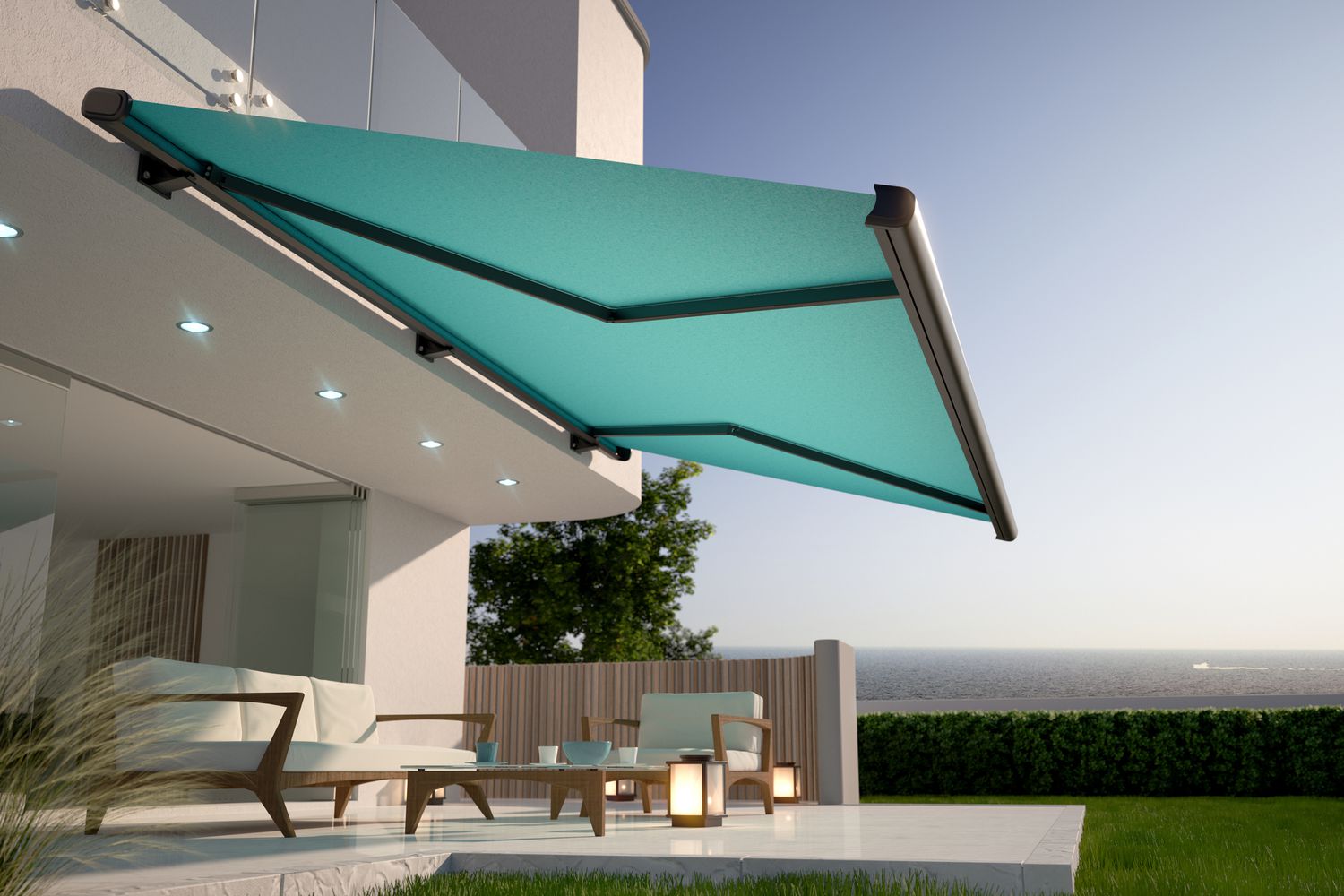
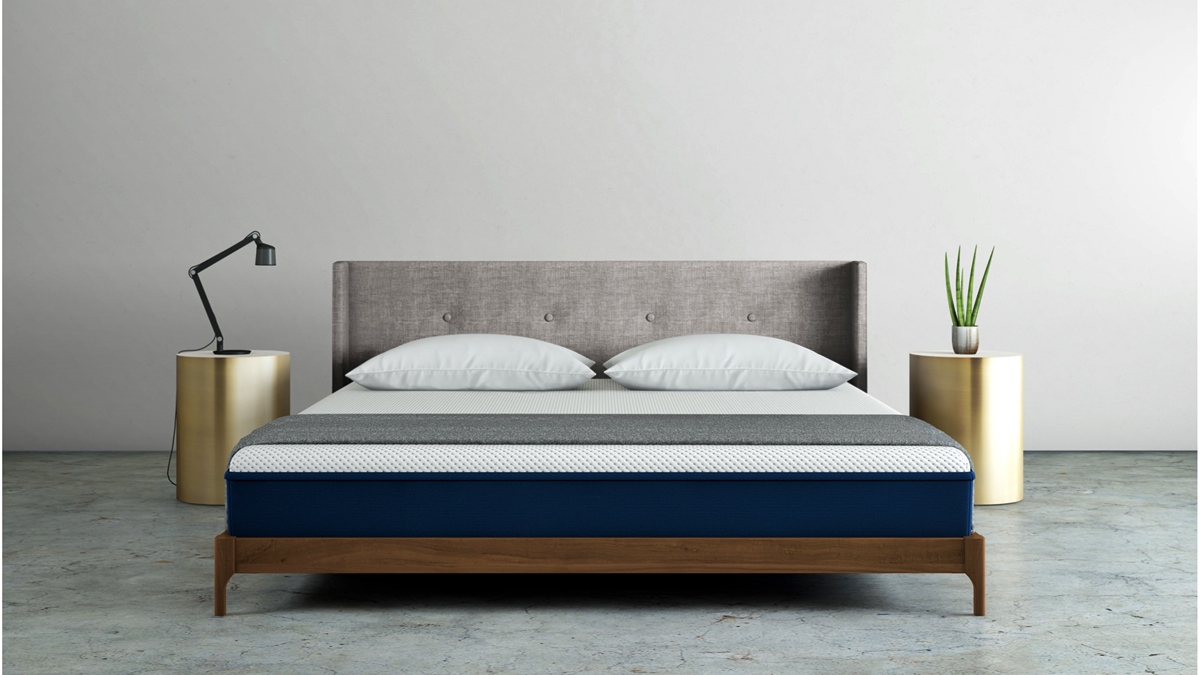

0 thoughts on “How Big Of A Garden Do I Need”